Elise Wortley: I immersed myself in the world of Nan Shepherd in the Scottish Highlands
For more than 30 years, Scottish writer and explorer Nan Shepherd’s The Living Mountain lay untouched in a drawer, rejected by publishers at the time. Today, the book is celebrated as one of the greatest on nature and landscape in Britain.
Written during the last years of the second world war, Nan’s book recounts her experiences exploring the Cairngorms in the Scottish Highlands. Nan’s understanding of the mountain ecosystem had such a profound impact on me, that I wanted to discover this world for myself. To do that, I would have to immerse myself in her world, so I decided to only use clothing and equipment available to her at the time.
This is how I ended up on the busy sleeper train from London to Scotland, kitted out in 1940s attire: a vintage tweed coat, leather boots, a cotton blouse and itchy high waisted pants. My old rucksack from eBay was overflowing with a heavy canvas tent and wartime food rations.
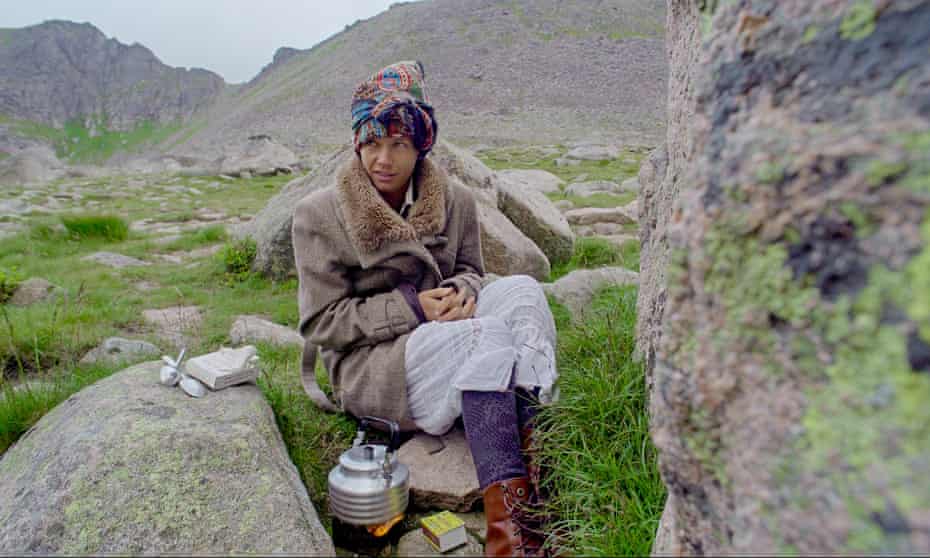
Weighed down by old equipment, I walked for five hours to the Cairngorm plateau from the closest village of Aviemore, setting up camp in a vast glacial gulley in the shadow of Cairn Gorm mountain, my home for the next 17 nights. From here, I would set out each day with a map, visiting places Nan described so beautifully in her book.
Each morning, I collected water from springs and lit my rusty camping stove behind a sheltered rock. My calculated rations consisted of eggs or porridge for breakfast, with carrot and potato stew for dinner. It was a struggle when the only highlight was a small piece of chocolate for pudding.
I walked across the vast undulating plateau, past reindeer herds, to the summits of the highest peaks and to sparkling blue lochs, where, without another soul in sight, I swam naked, just like Nan. I had no place to be and no specific time to be there. I would sleep with the sunset and wake with the sunrise. With no modern equipment I became in tune with my environment. The old clothes enabled me to feel the elements and with no phone for distraction, I was present to observe the smallest details. I sat for hours, doing nothing, just learning to be.
Nan’s mountain world taught me the importance of connecting with my surroundings, to take time away from technology and to sometimes just be, because according to Nan, “to know Being, this is the final grace accorded from the mountain”.
Follow Elise on Instagram at @woman_with_altitude. More on her website womanwithaltitude.com
Alice Morrison: Freya Stark inspired my epic adventure across Morocco
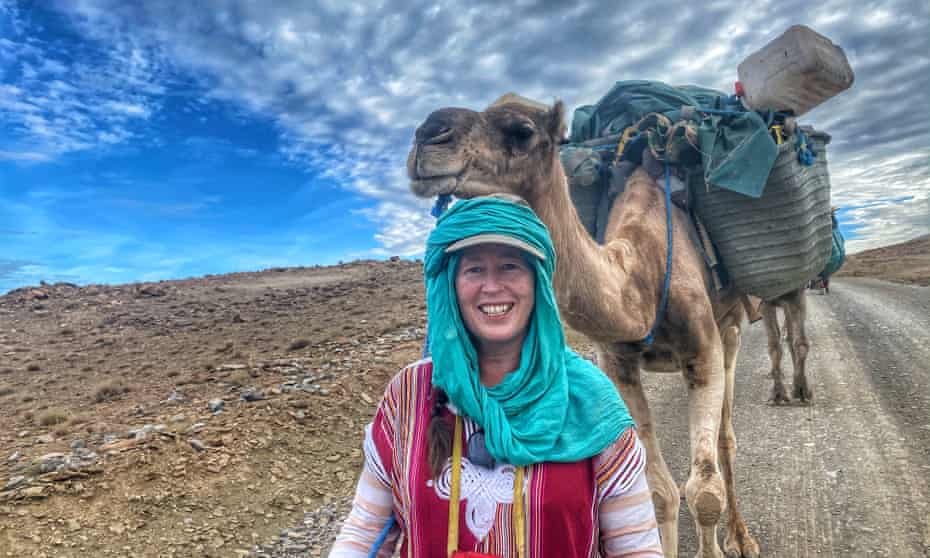
I’m trudging through a Saharan sandstorm. The wind is so loud I can’t hear Brahim, my guide, who is beside me at the head of our camels. Snot is coursing down my face and bubbling into my mouth under my chech (scarf), which is wound round my forehead and my chin to stop my skin being taken off by the sand. I have ski goggles to protect my eyes. It is so hot, I want to rip my ears off. Ears which are filled with grit and itching horribly from the inside. I am silently cursing Freya Stark, the British explorer born in the Victorian era, who journeyed all over the Middle East and is one of the reasons I am in this hell.
Be careful what you give your children. Freya was given a copy of 1001 Nights and I got her book The Valleys of the Assassins and look where it led us. Freya embarked on her travels in 1927 at the age of 34 and spent the next four decades exploring until her last expedition to Afghanistan at the age of 75. I have just walked the whole of Morocco, starting at Nador on the Mediterranean coast and ending at Guerguerat on the Mauritanian border, including the disputed region of Western Sahara, with my six Scottish-named camels and three Amazigh guides. I found a lost city nestled on the hills near Foum Chenna, became the first woman to walk the length of the River Draa and discovered new dinosaur footprints in the region of Ouarzazate.
I also wanted to see how climate change and desertification, which is growing at a phenomenal rate, was affecting the landscape, wildlife and most importantly nomadic peoples who live in the region. I didn’t know when I started in January 2019 that I would be walking through the Covid pandemic and recording its effects on remote communities too.
I met families of nomads piling their camel herds into trucks to move east in the face of the drought which has dried out the desert and destroyed even the hardiest of shrubs that the camels need to graze. In the mountains, herdsmen told me that, because Covid had collapsed the meat market, they were taking a goat or a sheep to the grocer’s and begging them to take it in exchange for the necessities of sugar, flour and tea.
As a woman, one of the most precious things about these explorations for me is that I am allowed to do what male explorers can’t. I can spend time with the women of these traditional communities, listen to their stories and reflect them out to the wilder world. It may be broiling hot sitting in a tent beside the kitchen area, baking bread and brewing tea, but it’s where all the best tales are told.
Freya’s stories of travelling secretly with the Druze in Syria, searching for the Queen of Sheba, and doing her last expedition at 75 fired my young imagination and now, years later, reassure me that we female explorers. have an important contribution to make.
Read more about Alice’s adventures at alicemorrison.co.uk
Rosemary J Brown: I wanted to reclaim Nellie Bly’s place as a role model
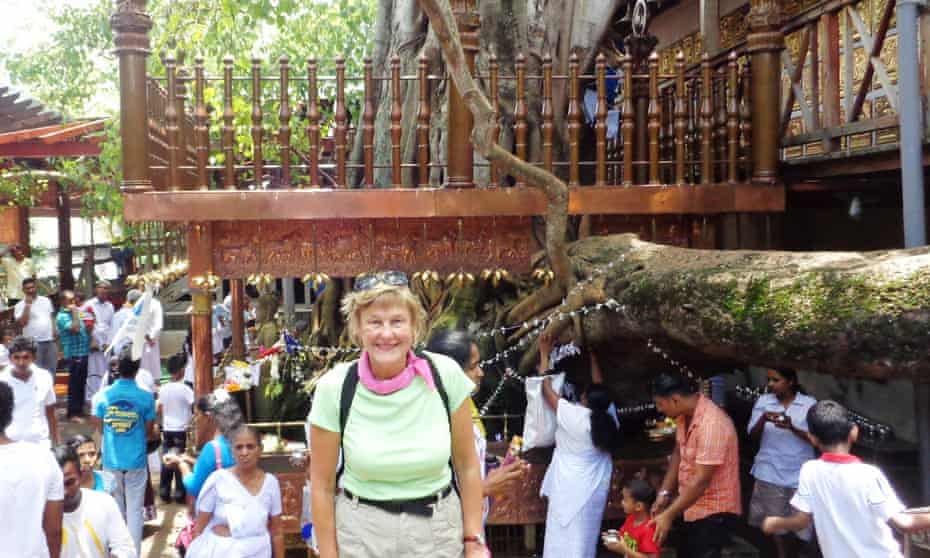
Intrepid journalist Nellie Bly circled the world faster than anyone ever had in 1890. She travelled alone, with just a Gladstone bag, and shattered the fictional 80-day record of Phileas Fogg, returning in 72 days after travelling 21,740 miles. The fearless globetrotter had achieved “the most remarkable of all feats of circumnavigation ever performed by a human being,” said the New York World, sponsor of her trip.
She was a global celebrity, now unknown. Determined to get her back on the map, I set off to retrace her epic journey 125 years later to reclaim her place as a role model for my daughter and other millennials.
Like Bly, I travelled alone with one small cabin bag. The routes she traversed by ocean liner have all but disappeared so I bought a round-the-world ticket and flew. For more than a month, through eight countries and 22,500 miles, I re-blazed the Nellie Bly trail over Europe to Asia before crossing the international dateline to America to re-enact her daring departure and triumphant arrival in New York City.
In London I followed the streets she hurried through in a horse-drawn brougham to the former headquarters of P&O Steamship Company (in Leadenhall Street) to book her passages around the world. In the salon at Jules Verne’s home in Amiens, France, I imagined her conversing with Verne, the novelist who inspired her trip, as Robert Sherard, confidant of Oscar Wilde and great-grandson of William Wordsworth, translated.

In Colombo, Sri Lanka, I stayed at the Grand Oriental, the only hotel still standing that she stayed at on her whirlwind tour. When Bly was in Singapore, Orchard Road – now Asia’s most famous shopping street – was a shady lane bounded by nutmeg plantations and orchards. Bly spent Christmas Day in Canton, China (now Guangzhou) touring markets, temples and the more chilling side of the city with its execution ground, lepers’ colony and a jail as harrowing as a torture chamber. To my relief, that sinister side of Canton can no longer be traced. We both rode the historic Peak Tram in Hong Kong, and climbed inside the ancient bronze belly of the Great Buddha in Kamakura, Japan.
Bly was bent on winning the race whatever it took – dismissing Victorian propriety, the fear of what lay ahead and the need for anything more than the clothes on her back. That same determination had seen her pioneer investigative journalism two years before when she went undercover to reveal atrocities inside a women’s insane asylum. Although I most admire her campaigning journalism, it is her record-breaking race that defines Nellie Bly.
When her race and my re-enactment of it had ended, Nellie Bly and I both shared a profound gratitude for the goodwill shown to us everywhere and a renewed faith in humanity. As she wrote in Around the World in Seventy-Two Days, “To so many people this wide world over am I indebted for kindnesses … They form a chain around the earth.”
Rosemary J Brown’s book Following Nellie Bly: Her Record-Breaking Race Around the World, is published by Pen and Sword on 31 March
Kerri Andrews: I climbed Scafell Pike 190 years after Dorothy Wordsworth
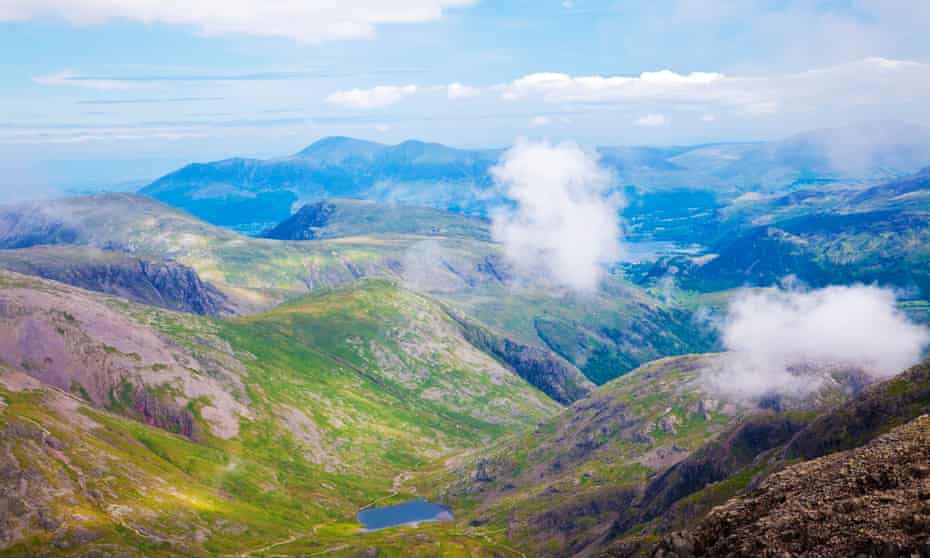
It was a scorching day in June when I climbed Scafell Pike for the first time. The sky was a spectacular blue, and there were dozens, perhaps hundreds, of other people out on the mountain paths leading to and from the great pass at Esk Hause ,which links Borrowdale, Wasdale, Langdale, and Eskdale. Many were heading, like we were, for the summit of England’s highest mountain, and the kudos of having climbed nearly a kilometre above sea level. It was exhilarating to be able even to attempt the ascent.
In 1818, when Dorothy Wordsworth climbed up to Esk Hause with her friend Mary Barker, some picnic-bearing servants and a local guide, the pre-eminence of Scafell Pike was not yet clearly established. Arriving at the pass, Wordsworth and her party believed the “point of highest honour” to be neighbouring mountain Scafell; Dorothy was disappointed to find the route there too long to complete on an autumn day before dark. Settling for “the Pikes”, it was only after her return home that Wordsworth realised she had accidentally climbed the biggest peak in the land. Her excitement at the achievement came after the fact, but it was to be one of the feats of which she was most proud.
Dorothy was almost certainly the first woman to climb Scafell Pike. By the time I climbed the mountain 190 years later thousands of women had stood on the summit and enjoyed the panorama that stretches from the Isle of Man in the west to the far reaches of Yorkshire in the east, and to the Merrick in Scotland to Snowdonia away to the south. I remember being awestruck by the extent of my vision, just as Dorothy Wordsworth was. But with her account to hand I was also attentive to what lay at my feet.
Here, among an endless ruin of shattered boulders – which to Dorothy looked like the “skeletons or bones of the earth not wanted at the creation” – lies another world. It is covered, Dorothy wrote, “with never-dying lichens, which the clouds and dews nourish”. Dorothy’s account offers a glimpse of the mountain’s never-ending life, an early example of the attentiveness to detail that characterises much of women’s more recent mountain writing, particularly Nan Shepherd’s.
As I returned home via a cooling swim in Styhead Tarn, I pondered the nature of the connection between Dorothy Wordsworth, modern female adventurers, and my own experiences that day. I had, I was certain, trodden where Dorothy had, but was that all? Perhaps, simply in the act of looking as she did, at what was small, close, and apparently inconsequential, I had been able to enter into her vision of the mountain and its inner life.
Kerri Andrews’ book is Wanderers: A History of Women Walking (Reaktion Books)
Jacki Hill-Murphy: I followed the same path as Isabella Bird in Ladakh
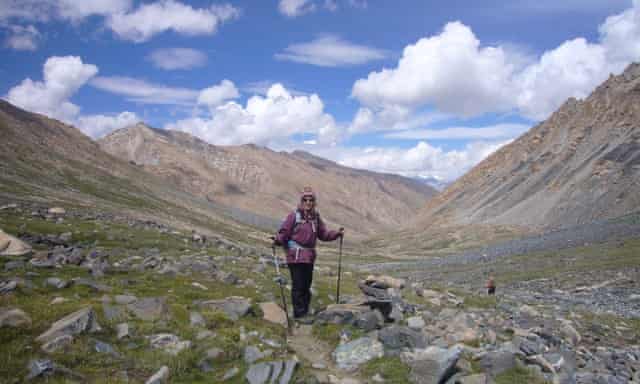
In 1889, nearing 60, Isabella Bird, rode into Indian Ladakh in the Lower Himalayas on horseback, amid colourful and dramatic landscapes.
As part of a decade-long project to recreate the journeys of the first female explorers, with the aim of bringing their names out of obscurity, I chose to follow her path on foot, across the same mountain passes into northern Nubra, admiring the brightly coloured prayer flags that blew across the mountainous landscapes as she described in Amongst the Tibetans.
I arrived in the capital, Leh, off the early morning flight from New Delhi, but it took Isabella 26 days to reach the city from Srinegar. Dressed in knickerbockers and ruffles, she was a quite a spectacle to the astounded locals she passed; her extraordinary entourage included an Afghan soldier, Usman Shah, commissioned to protect her, who sported a turban festooned with poppies, bright clothes and who carried a sword that he waved in everyone’s faces.
Isabella’s footsteps led me over the steep Digar La Pass, she astride a yak and me on foot. I stared across the Shyok River towards the village of Satti at the water’s edge in (what is now Chinese-occupied) Tibet, where Isabella was pitched into a perilous escapade on a scow (wooden ferry) that was being poled and paddled, while rapids propelled them into a hissing and raging gorge.
Isabella was born in Boroughbridge in Yorkshire and her early journeys took her to the US before and after the American civil war. She found paradise in Hawaii, travelled extensively in Japan and Malaysia. After Ladakh she went on to India, Persia, the Koreas and then China, which included the length of the Yangtze River. During those travels she nearly drowned in floods, was almost shipwrecked and endured living with fleas, mosquitoes and giant cockroaches. Her dangerous encounters are all the more amazing because she was always ill with a bad back and suffered from poor mental health. In Unbeaten Tracks in Japan she wrote: “I was so tired and in so much spinal pain that I got off and walked several times, and it was most difficult to get on again.” So why did she do it?
My long trek across those rocky valleys and glaciers helped me to answer that question and to write her biography. Adventure and activity improved her wellbeing and the sale of her books made it possible, but more than that was the freedom it brought her and the respect and liberty that her life lacked in the male-dominated world back home. She stayed away as long as she could and died in Edinburgh in 1904 at the age of 72, her bags packed with the intention of returning to China.
Jacki Hill-Murphy’s latest book is The Life and Travels of Isabella Bird: The Fearless Victorian Adventurer (Pen and Sword)





